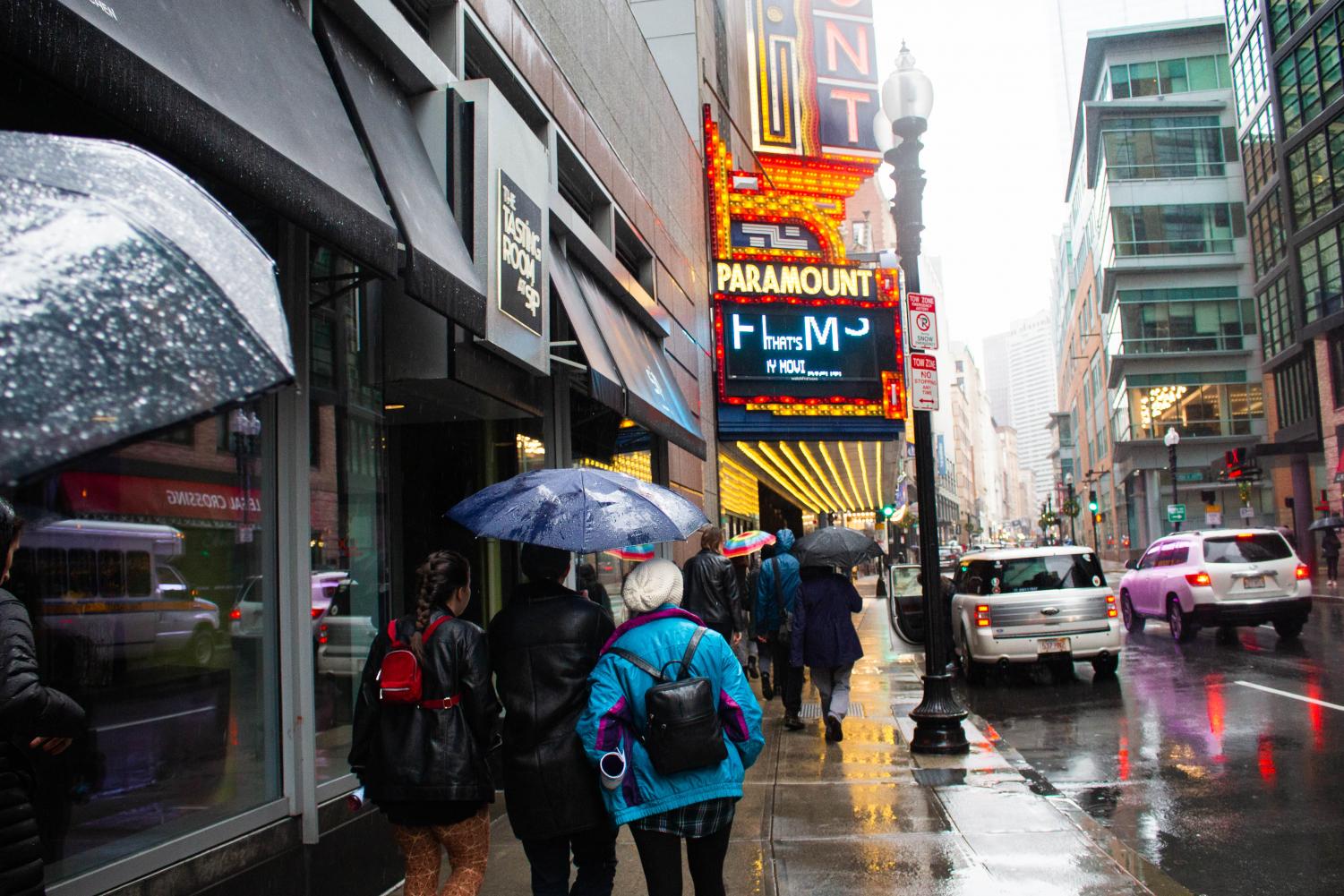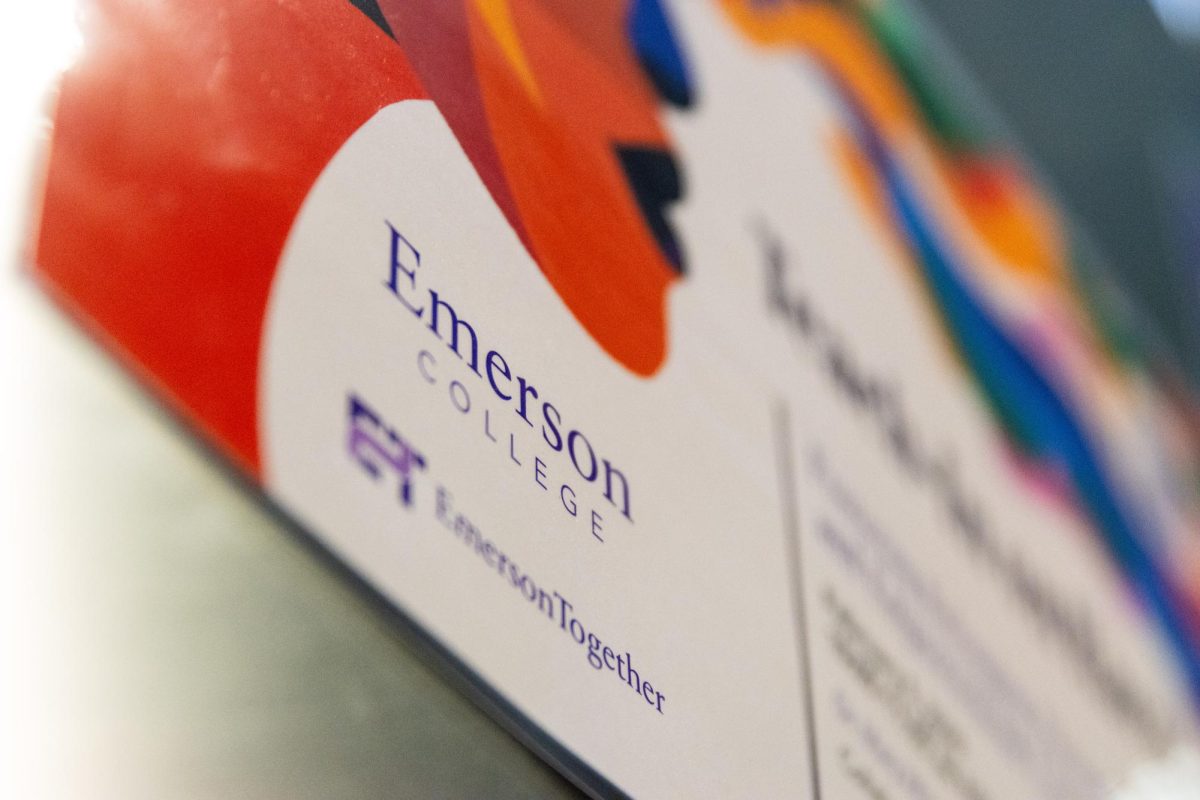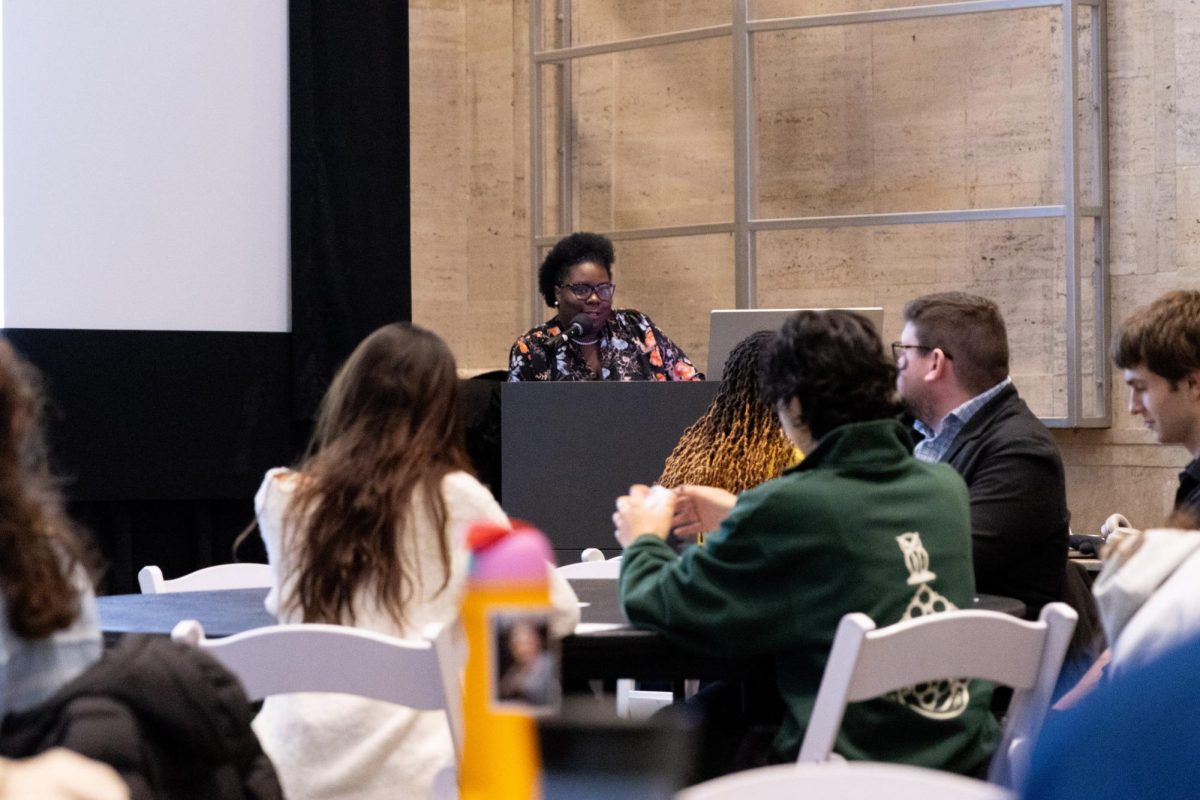Emerson’s two-day series of panels, the 9th annual 2025 Teach-In on Race, ended Thursday night in Paramount Center with a screening of “Ten Times Better,” a documentary about the life of an 88-year-old Vegas Blackjack dealer who was a pioneer for Asian ballet dancers and on Broadway 70 years ago.
The film followed George Lee, a Chinese immigrant trained in Russian ballet who was cast by famous choreographer George Balanchine as the only Asian dancer in the first staging of “The Nutcracker” 70 years ago.
Filmmaker Jennifer R. Lin, who hosted a session about making the film earlier that day, was spending time researching Asian Americans in the arts at the archives in the New York Public Library when she stumbled upon photos of Lee, who seemingly disappeared from the dance scene shortly after “The Nutcracker.”
“I became obsessed with finding him,” she said before the screening Thursday.
After digging, she found out he was working in a Vegas casino and flew to meet for the first time in early 2023.
The documentary details Lee’s life during and after the Nutcracker and explores themes of representation and belonging in the arts among Asian Americans in the U.S. The title references Lee’s mother’s insistence from his early dance years that he must be “ten times better” than his white counterparts.
At one point, Lin said, Lee was a guest dancer for the Boston Ballet.
“He was brilliant and I had to chase to keep up with him all the time,” one of Lee’s old Broadway castmates remembered in the film.
Lin said that when she first called Lee, he was confused why she was interested in a “nobody.”
“George Lee is somebody, and for me the reason for doing this film, [is that] it is lost history,” said Lin. “If you read the history of ballet in America, you rarely come across stories about who were those pioneers for Asian Americans dancers.”

After the film, a group of panelists discussed their experience in the arts and how the people who came before them helped pave the way. Panelists, including Lin, and others with ArtsEmerson agreed that hearing Lee’s story was the representation they often searched for in their youth.
“I get to wake up everyday and pursue my dream because of my Asian Americans ancestors,” said Alison Qu, a panelist, Emerson graduate and co-founder of CHUANG Stage.
John Lam, a former principal dancer with the Boston Ballet and professor at Berklee School of Music, was struck by seeing the film and came to speak at the panel, saying he wouldn’t be where he was without the access Lee paved the way for.
“As you watch this film and [end] this Teach-in, reflect on the fact that despite what is happening outside Emerson’s walls, we are here teaching each other and ourselves,” said Alexandra Socarides, provost and vice president of Academic Affairs.
The Teach-in ended with a reception outside the Bright Family Screening room.

